The Ultimate Guide to Web3 Wallets: Security, Trends, and Smart Trading in 2025

The Web3 revolution is fundamentally transforming how users interact with digital assets, and at the core of this transformation are Web3 wallets. Before the rise of Web3 wallets, the crypto wallet was the essential tool for securely managing and storing cryptocurrencies, with Web3 wallets representing an evolution of the traditional crypto wallet. These digital wallets serve as essential gateways, providing access to the decentralized web by enabling seamless interactions with blockchain networks, decentralized applications (dApps), and a wide array of crypto assets. As we advance into 2025, gaining a thorough understanding of Web3 wallets is crucial for anyone looking to actively participate in the evolving cryptocurrency ecosystem.
What Makes Web3 Wallets Essential?
Web3 wallets go far beyond being mere storage solutions for cryptocurrencies. They function as comprehensive digital identity managers, allowing users to securely store, manage, and transfer valuable digital assets while retaining complete control over their private keys. Unlike traditional banking systems or custodial wallets, where institutions hold custody of your funds, Web3 wallets embody the principle of self-custody and true ownership, giving users complete control over their crypto assets. A non custodial wallet, such as Metamask, ensures that only the user has access to their assets and keys, aligning with the principles of decentralization and user sovereignty.
A key difference between Web3 wallets and conventional crypto wallets lies in their ability to interact directly with blockchain networks. While traditional wallets typically support only basic send-and-receive functions, Web3 wallets enable users to connect with smart contracts, decentralized exchanges, NFT marketplaces, and various decentralized finance (DeFi) protocols. These wallets use a public key, which acts as a shareable address derived from the private key, allowing others to send assets to you. The private key is essential for signing transactions and proving ownership, and it must be kept secure to protect your assets. This enhanced functionality makes Web3 wallets indispensable tools for accessing the full spectrum of decentralized finance opportunities and engaging with the decentralized web.
Current Market Landscape and Security Trends
The security market for Web3 wallets is rapidly expanding, with projections estimating a compound annual growth rate (CAGR) of 23.7% from 2024 to 2033, reaching an impressive $68.8 billion by 2033. This growth underscores the critical importance of wallet security as users increasingly entrust these digital wallets with their valuable digital assets.
Recent studies reveal mixed security practices among users: approximately 34.65% of users opt to record and securely store their private keys on paper, 24.75% use encrypted digital storage methods, and only 13.86% rely on professional hardware wallets. These statistics highlight a significant gap in adoption of enhanced security measures, such as hardware wallets, which store private keys offline and provide maximum security.
The security landscape in 2024 has also been challenged by increasingly sophisticated phishing attacks and other cyber threats targeting both decentralized and centralized finance platforms. This evolving threat environment emphasizes the need for robust wallet security measures and comprehensive user education to protect assets effectively.
Types of Web3 Wallets: Finding Your Perfect Match
Hot Wallets vs. Cold Wallets
Web3 wallets come in two primary categories: hot wallets and cold wallets. Hot wallets remain connected to the internet, offering unmatched convenience for frequent transactions and interactions with decentralized applications. Examples include browser extensions like MetaMask, mobile apps such as Trust Wallet, and various web-based wallets. Many hot wallets also feature a built-in dapp browser, enabling users to access and interact with decentralized applications (dApps) directly from within the wallet. These wallets provide an easy-to-use interface and support multichain functionality, allowing users to manage assets across multiple blockchains. However, their constant online connectivity exposes them to higher security risks.
In contrast, cold wallets—often referred to as hardware wallets—store private keys offline, significantly reducing exposure to hacking attempts. Popular hardware wallets like Ledger and Trezor exemplify this category, providing enhanced security for long-term storage of crypto assets. While cold wallets may be less convenient for everyday trading, they offer the highest level of security and are widely regarded as the gold standard for safeguarding valuable digital assets.
Custodial vs. Non-Custodial Solutions
Another important distinction is between custodial and non-custodial wallets. Custodial wallets manage private keys on behalf of users, providing familiar login experiences and recovery options similar to traditional online services. Wallets like Coinbase Wallet fall into this category, appealing to newcomers who prefer institutional custody and the convenience of account recovery options. However, custodial wallets require users to trust third-party services, which conflicts with the Web3 ethos of decentralization and self-sovereignty.
Non-custodial wallets, on the other hand, give users complete control over their private keys and funds. This approach aligns with the decentralized web’s core principles, ensuring users have true ownership and control over their digital assets. While non-custodial wallets demand greater personal responsibility—such as securely managing recovery phrases—they empower users with enhanced privacy and freedom. The recovery phrase is a human-readable backup that allows users to restore access to their wallet if needed.
Browser Extensions and Wallets: Convenience Meets Security
Browser extensions and wallets have become a popular choice for users looking to manage digital assets and interact with decentralized applications (dApps) directly from their web browsers. These browser extensions, such as MetaMask, offer a streamlined and user-friendly interface, making it easy to store, send, and receive cryptocurrencies, as well as interact with smart contracts on various blockchain networks. The convenience of accessing your wallet and assets with just a few clicks has made browser extensions a go-to solution for many in the Web3 space.
However, this convenience comes with its own set of security considerations. Because browser extensions are connected to the internet, they can be susceptible to phishing attacks and other security threats targeting users’ private keys and digital assets. To keep your wallet secure, it’s crucial to choose reputable and well-reviewed browser extensions, regularly update your wallet software, and remain vigilant against suspicious links or pop-ups.
For users seeking enhanced security, pairing a browser extension with a hardware wallet is highly recommended. Hardware wallets store private keys offline, significantly reducing the risk of unauthorized access even if your browser extension is compromised. This combination allows users to interact with decentralized applications and sign transactions securely, ensuring that private keys never leave the safety of the hardware wallet. By following these best practices, users can enjoy the convenience of browser extensions while keeping their digital assets and private keys protected.
User Experience and Interface: Designing for the Next Billion Users
As Web3 wallets aim to reach mainstream adoption, delivering an exceptional user experience and intuitive interface is more important than ever. The next generation of users will expect wallets to be as easy to use as traditional financial apps, without needing to understand the complexities of blockchain technology. To meet these expectations, wallet developers are focusing on user-centric design, ensuring that every feature and interaction is clear, accessible, and straightforward.
Key features such as two-factor authentication, transaction verification, and clear asset management tools are becoming standard, providing users with both security and peace of mind. Wallet interfaces should present information in a concise and understandable way, guiding users through each step of managing their digital assets. Adaptability is also crucial—wallets must offer a seamless experience across mobile devices, desktops, and browser extensions, so users can access their assets wherever they are.
By prioritizing intuitive design and robust security features, Web3 wallets can lower the barrier to entry for new users and make managing digital assets a smooth, stress-free experience. This focus on user experience is essential for onboarding the next billion users into the decentralized web.
User Journeys and Onboarding: Making Web3 Accessible
A seamless user journey and onboarding process are essential for making Web3 wallets accessible to everyone, regardless of their technical background. The best wallets guide users step-by-step through creating a wallet, securing their digital assets, and interacting with decentralized applications. Clear instructions, interactive tutorials, and responsive customer support help users feel confident as they navigate the world of Web3.
User education is a cornerstone of effective onboarding. Leading wallets provide comprehensive resources, including guides on security best practices, explanations of key concepts, and tips for safely managing assets. This educational approach empowers users to make informed decisions and reduces the risk of costly mistakes.
By simplifying the onboarding process and offering robust support, Web3 wallets can help users quickly get started, securely store their assets, and begin interacting with the decentralized ecosystem. Making Web3 technology approachable and understandable is key to driving widespread adoption and ensuring users can fully benefit from the opportunities it offers.
Earning Rewards and Incentives: Maximizing Wallet Benefits
Web3 wallets are not just tools for storing and managing digital assets—they also open the door to a variety of rewards and incentives. Many wallets, including Trust Wallet and Coinbase Wallet, offer users the ability to earn rewards through staking, yield farming, and participation in decentralized finance (DeFi) protocols. These opportunities can provide a valuable source of passive income, making wallets even more attractive for users looking to grow their assets.
To maximize these benefits, users should conduct their own research and carefully review the terms and conditions of each reward program. Understanding the risks, requirements, and potential returns is essential for making informed decisions. Wallets that prioritize transparency make it easy for users to discover, compare, and participate in different earning opportunities.
By taking advantage of these reward programs, users can enhance their Web3 experience and unlock additional value from their digital assets. As wallets continue to innovate, expect even more ways to earn rewards and participate in the decentralized economy directly from your wallet interface.
2025 Development Trends Shaping the Future
The Web3 wallet industry is evolving rapidly, with 2025 poised to accelerate innovations that position wallets as essential infrastructure for digital life. Several key trends are shaping this future landscape:
Enhanced User Experience: Developers are striving to create wallet software that combines Web2-like simplicity with full Web3 functionality. This includes streamlined onboarding, intuitive interfaces, and seamless integration with everyday apps, making it easier for users to connect, verify, and manage their assets.
Multi-Chain Interoperability: Modern wallets increasingly support multiple blockchains, allowing users to store and manage tokens, NFTs, and other digital assets across various ecosystems from a single interface. This multichain support addresses the fragmented blockchain landscape and simplifies asset management.
Advanced Security Features: Security remains paramount, with wallets adopting biometric authentication, multi-signature capabilities, and AI-powered fraud detection to significantly reduce risks. These added security layers help users maintain wallet security and protect against phishing attacks and unauthorized transactions.
Social Recovery Options: New wallet architectures are incorporating social recovery mechanisms, enabling users to regain access to their wallets through trusted contacts instead of relying solely on recovery phrases. This innovation enhances account recovery without compromising security.
Smart Trading with Analytics Platforms
While Web3 wallets provide the essential infrastructure to store and manage crypto assets, many now allow users to buy, sell, and swap cryptocurrencies directly within the wallet interface, making asset management more efficient. Successful trading in the complex cryptocurrency market requires sophisticated analytics and market intelligence. Platforms like Token Metrics are becoming invaluable resources for traders and investors seeking data-driven insights.
Token Metrics leverages artificial intelligence and machine learning to offer comprehensive crypto research, token ratings, price predictions, and portfolio optimization tools. This next-generation platform consolidates trading signals, market trend analysis, and index data, empowering users to make informed decisions in a highly volatile and sentiment-driven market.
By combining traditional financial analysis with cutting-edge AI technology, Token Metrics helps users identify potential crypto moonshots, optimize their portfolios, and manage risk effectively. This integration of analytics with wallet functionality enables users to authorize transactions confidently and interact with decentralized applications more strategically.
Security Best Practices for Web3 Wallet Users
Maintaining wallet security is critical for protecting your digital assets. Here are essential security practices every Web3 wallet user should follow:
Seed Phrase Management: Always store your recovery phrase securely in multiple physical locations, preferably using durable metal backup solutions. Avoid storing seed phrases digitally or sharing them with anyone to prevent unauthorized access.
Transaction Verification: Before authorizing any transaction, carefully verify recipient addresses, transaction details, and smart contract interactions. Vigilance helps defend against phishing attacks and fraudulent transactions. When swapping tokens within your Web3 wallet, always double-check all information to avoid errors or falling victim to scams.
Regular Updates: Keep your wallet software, including browser extensions and mobile apps, up to date. Enable automatic updates where possible to benefit from the latest security patches and enhanced features.
Network Awareness: Exercise caution when connecting to public Wi-Fi networks and consider using VPN services to add privacy layers, reducing exposure to potential network-based attacks.
Exchanges and Wallet Integration: Bridging CeFi and DeFi
The integration of exchanges and wallets is playing a pivotal role in bridging the gap between centralized finance (CeFi) and decentralized finance (DeFi). Modern Web3 wallets are increasingly offering seamless connectivity with both centralized exchanges and decentralized platforms, allowing users to manage, swap, and transfer assets across multiple ecosystems without leaving their wallet interface.
This integration enables users to enjoy the liquidity, speed, and familiar features of centralized exchanges while also accessing the transparency, control, and innovative services of DeFi protocols. Features such as in-wallet token swaps, fiat on-ramps, and direct access to decentralized applications are becoming standard, making it easier than ever to move assets between CeFi and DeFi environments.
By supporting multiple blockchains and exchange integrations, Web3 wallets empower users with true ownership and flexibility over their digital assets. This convergence is driving the next generation of financial services, where users can interact with both traditional and decentralized platforms from a single, secure wallet—unlocking new possibilities for trading, investing, and managing crypto assets in 2025 and beyond.
Integration with DeFi and Future Opportunities
Web3 wallets are increasingly serving as gateways to the expanding decentralized finance ecosystem. They enable users to participate in yield farming, liquidity mining, decentralized exchanges, and lending protocols with ease. The integration between wallets and DeFi platforms is deepening, with features like gas optimization, transaction batching, and automated strategy execution becoming more common.
Looking ahead, wallets are expected to incorporate built-in DeFi functionalities, direct fiat on-ramps, and advanced portfolio management tools. This evolution will further blur the lines between traditional finance and decentralized alternatives, empowering users to earn rewards, swap tokens, collect NFTs, and manage assets across multiple chains—all from a single, secure digital wallet.
Conclusion
Web3 wallets form the foundational infrastructure that enables users to engage confidently with the decentralized economy. As the market evolves with enhanced security features, improved user experiences, and deeper DeFi integration, selecting the right wallet becomes increasingly important for both casual holders and active traders.
Understanding the differences between wallet types, adopting best security practices, and leveraging powerful analytics platforms like Token Metrics will empower users to manage their crypto assets securely and make smarter trading decisions. The future of Web3 wallets is bright, with ongoing innovation focused on making decentralized finance accessible, secure, and user-friendly.
As we progress through 2025, Web3 wallets will continue to play a pivotal role in our digital financial lives, offering users complete control, enhanced security, and seamless interaction with the decentralized web. Embracing these tools is essential for anyone seeking to thrive in the next generation of the internet.
Create Your Free Token Metrics Account

.png)




%201.svg)
%201.svg)


%201.svg)




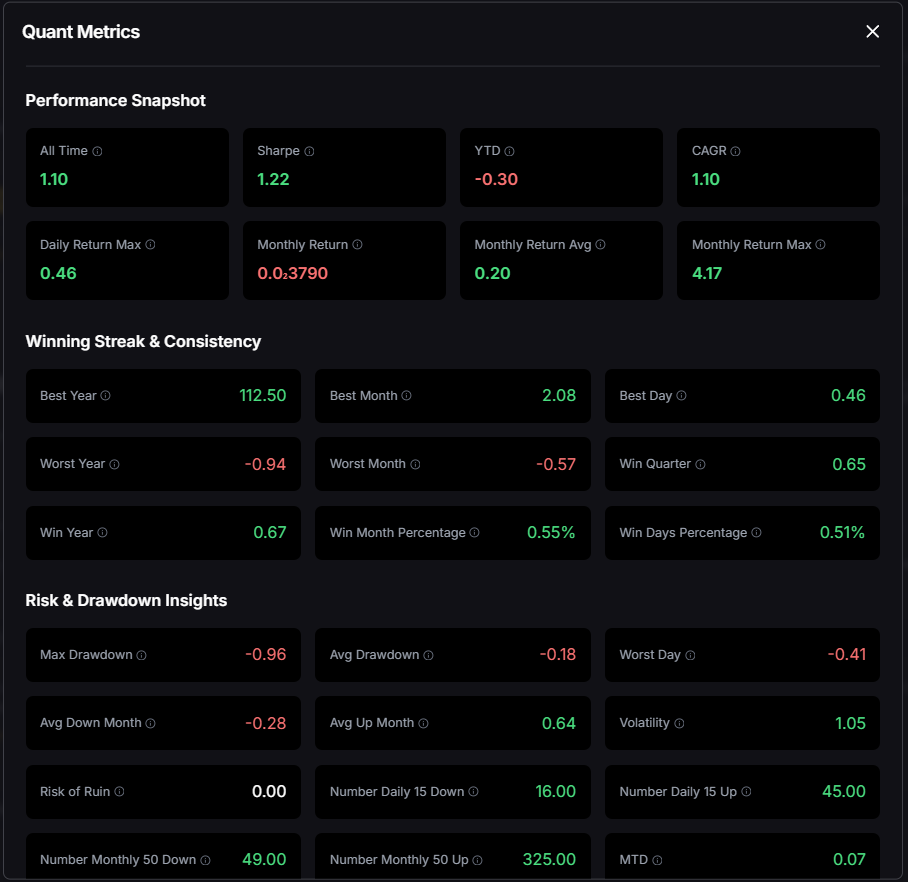
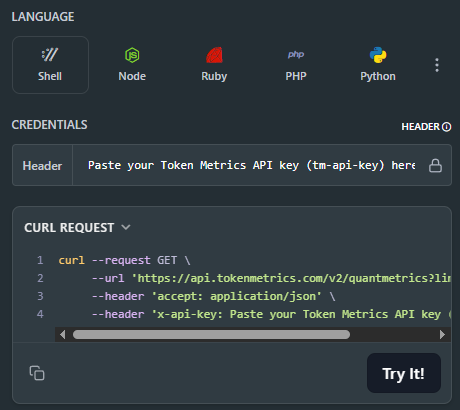
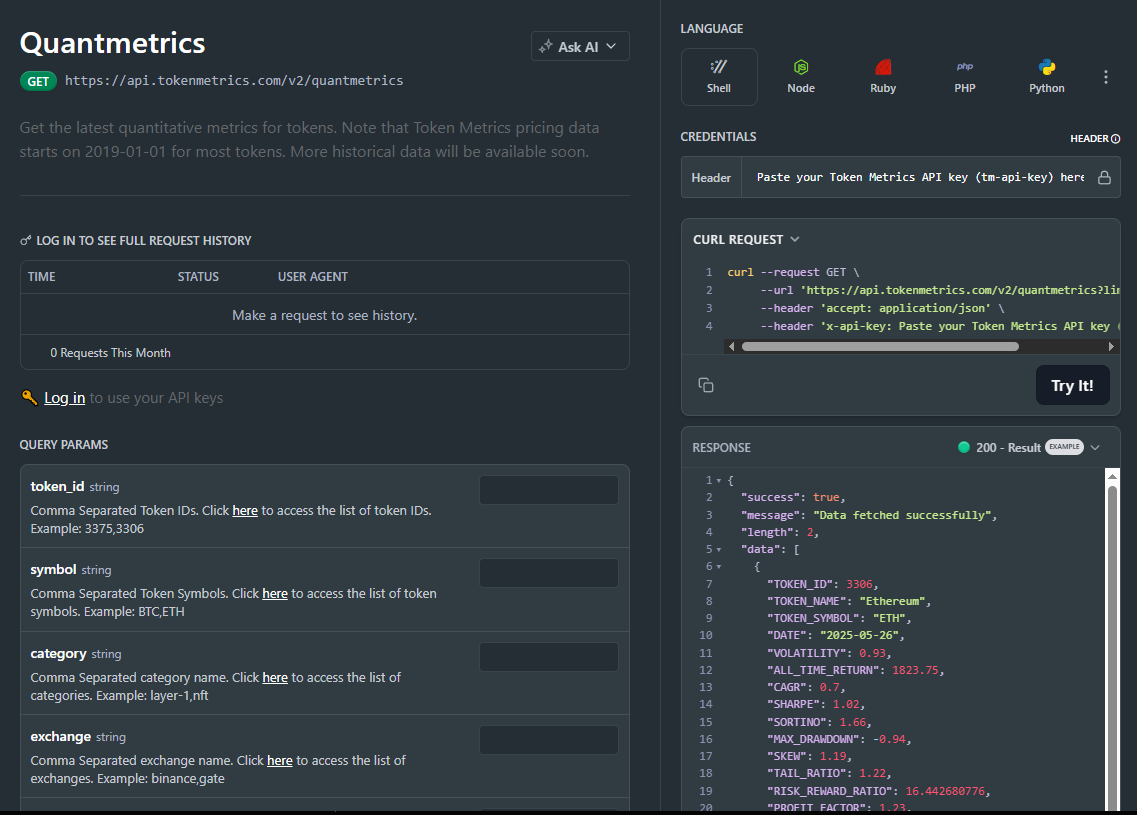
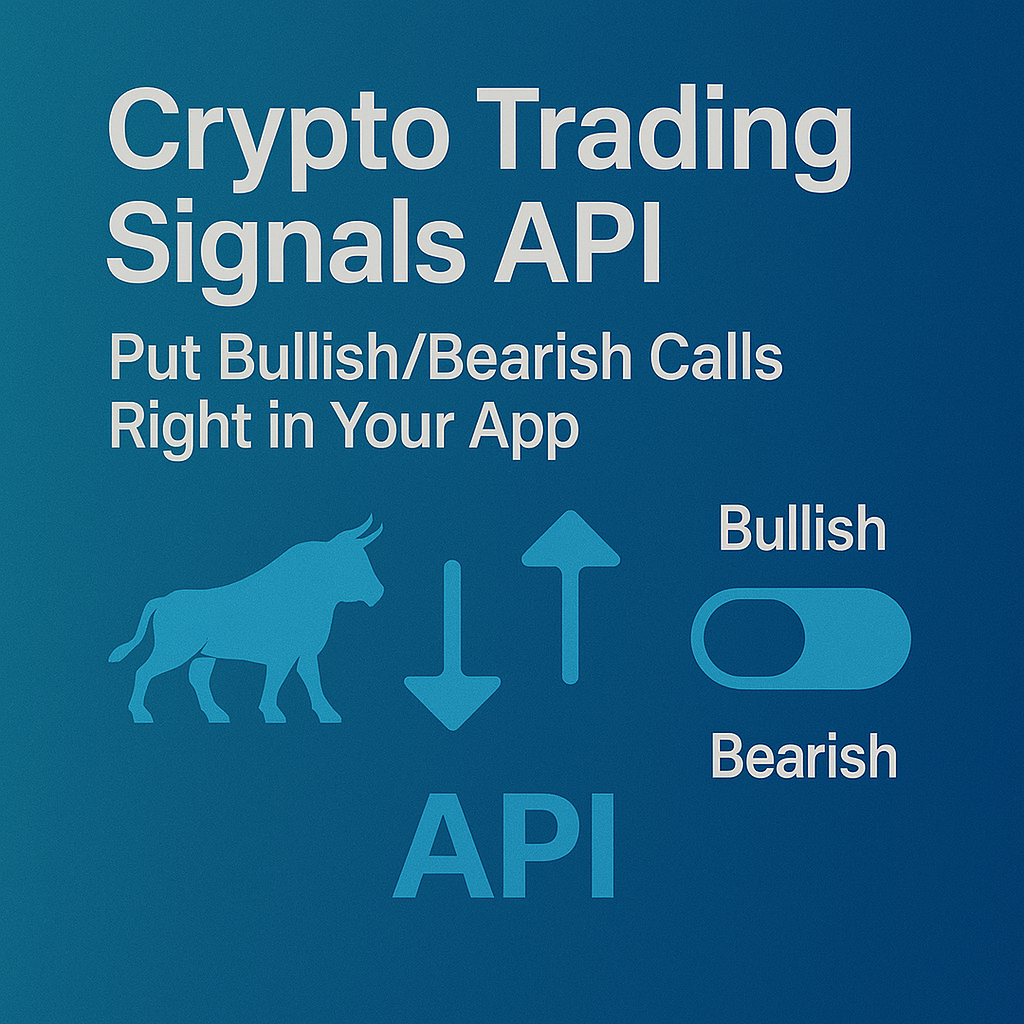
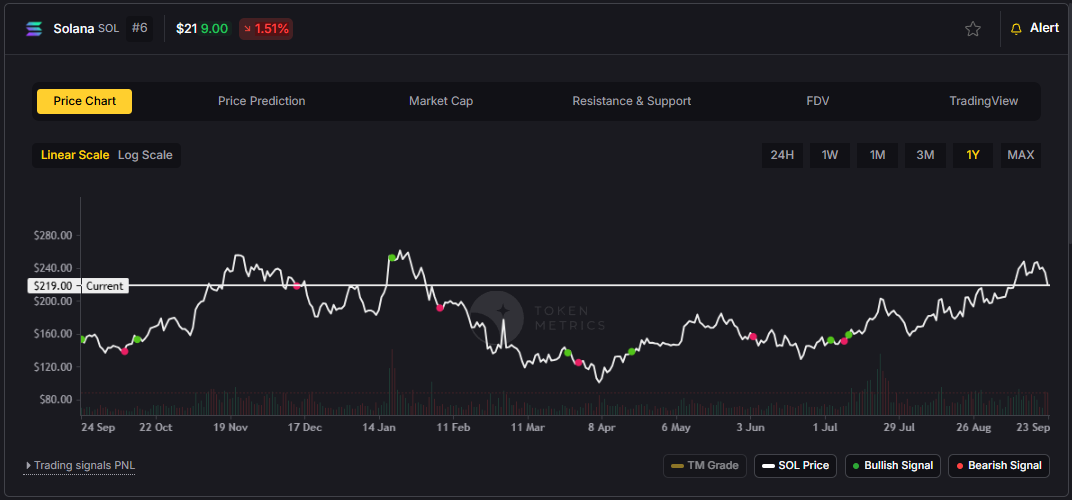
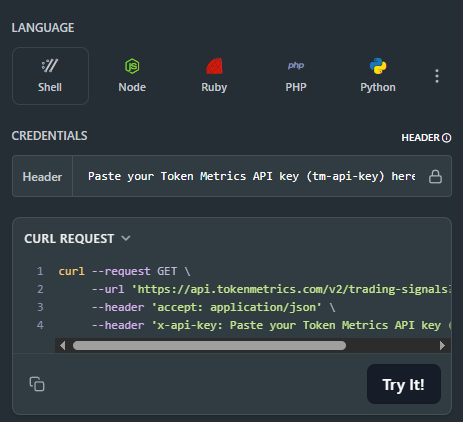
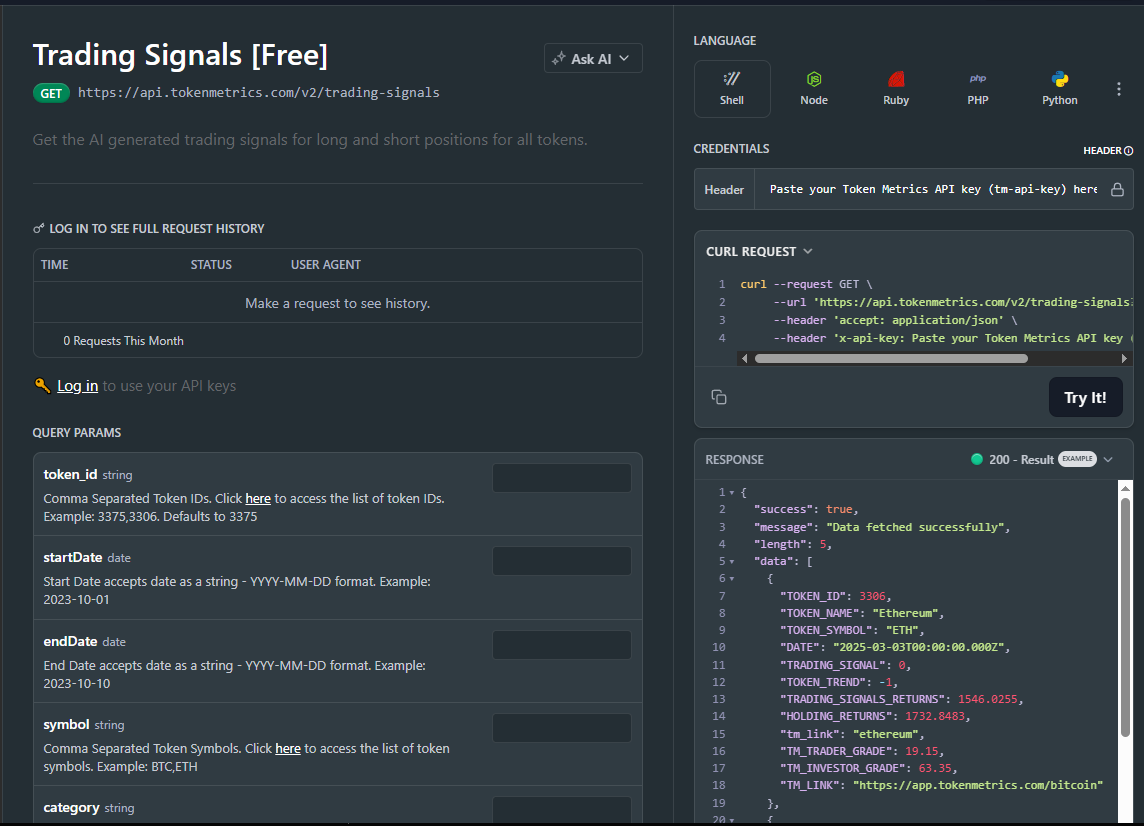

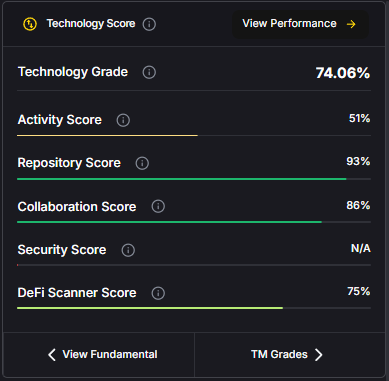
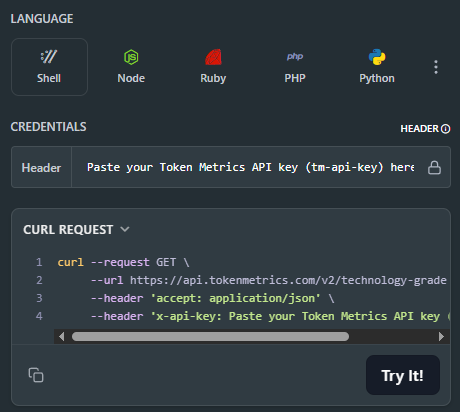
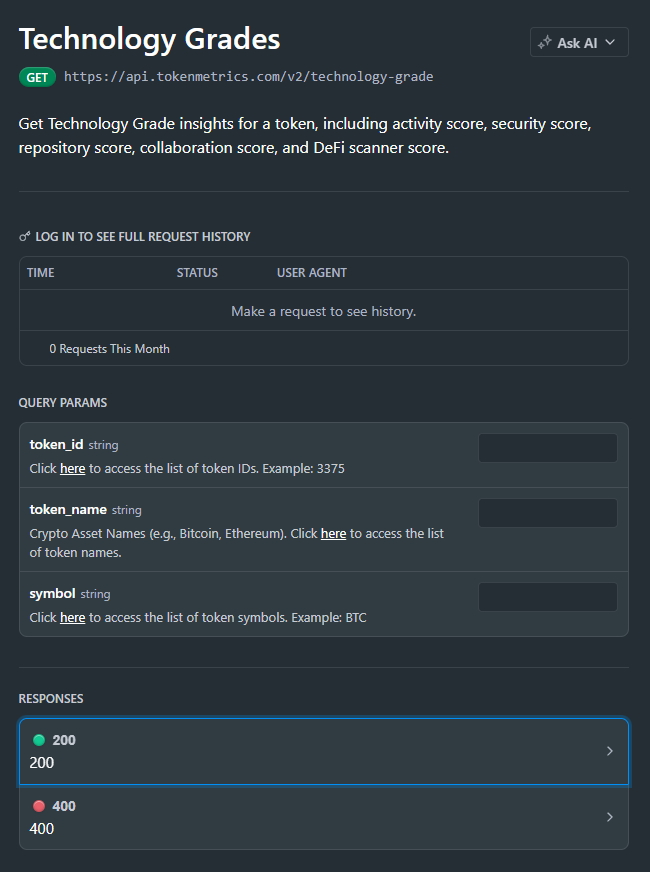




.svg)




.png)